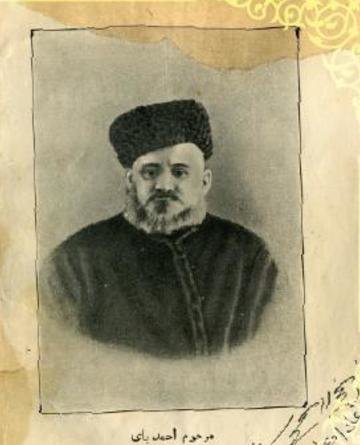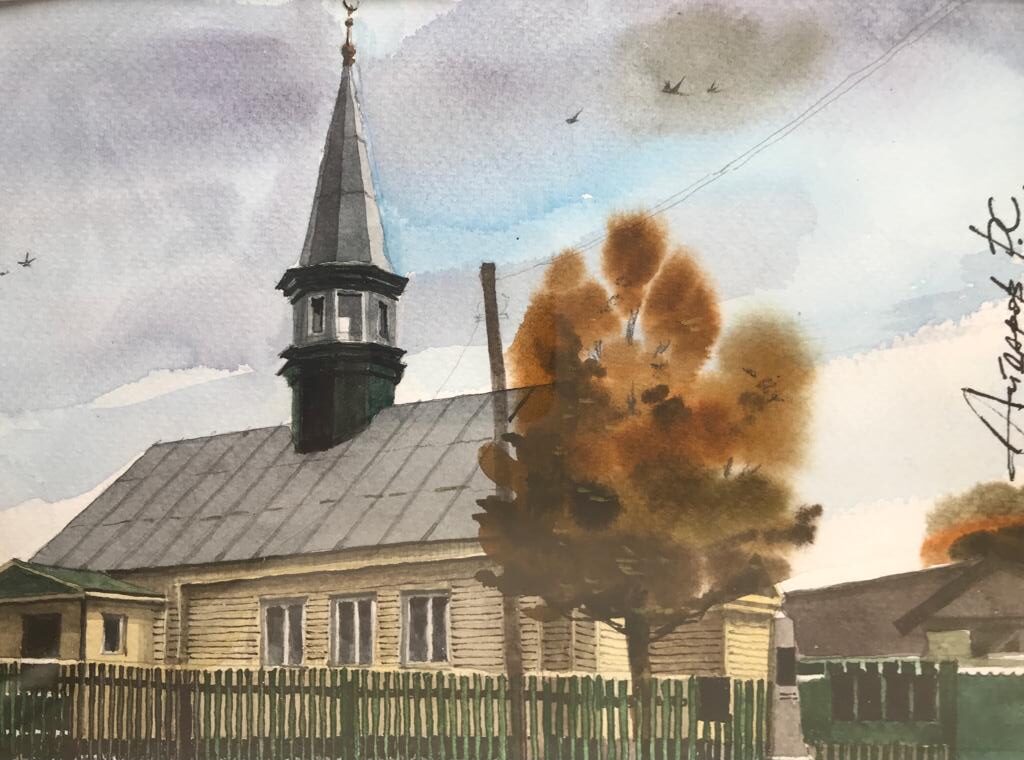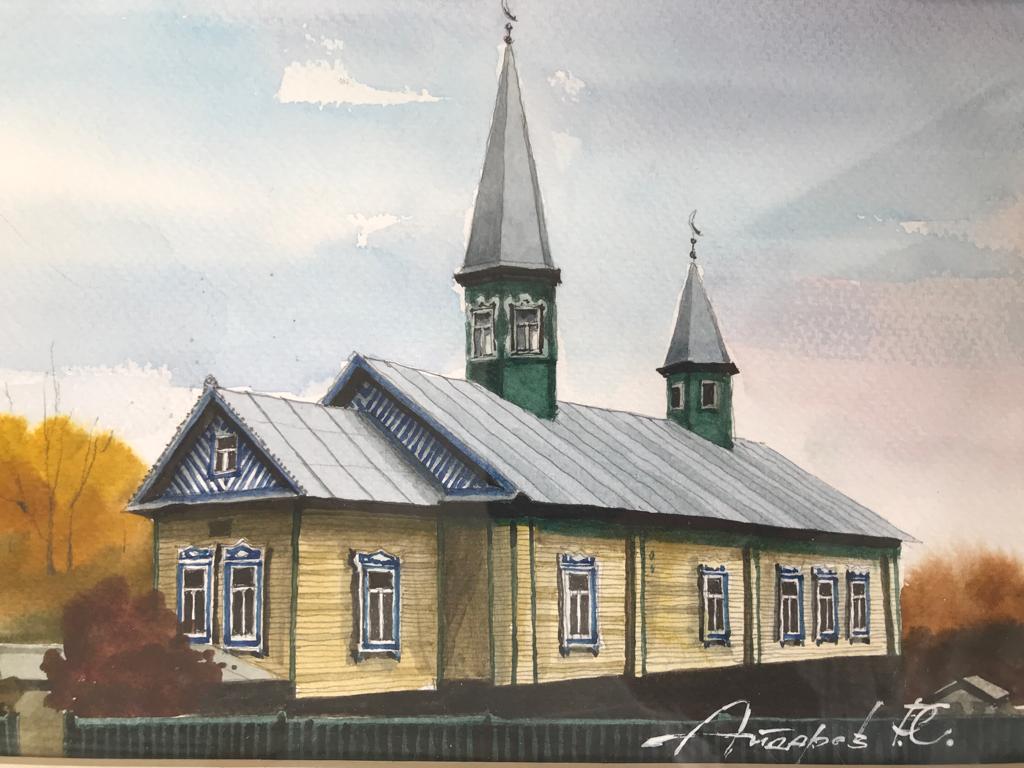Akhmed Galeevich Khusainov

He was born in Seitovsky Posad (Tatar Kargala) near Orenburg. The distant ancestors of the future merchant came here in the middle of the XVIII century from the village of Kibyak Kozino, Kazan province. In his youth, together with his brothers Ghani and Makhmud, he opened his enterprise for small goods and raw materials’ sale in Orenburg, which later turned into one of the most prosperous companies in the Tatar world. In addition to the largest centers of Russia and Central Asia, the representative offices of A.G. Khusainov company were opened in Berlin and London. The merchant can justly be called an outstanding figure of the national revival of the early XX century, who financed the reform of public education.
Certainly, Akhmed Khusainov, who within the walls of the Cadimist school never mastered the elementary skills of reading and writing, but nevertheless managed to scrape together a massive fortune, saw the main cause of people’s troubles, poverty, and ignorance in the archaic orders that prevailed in the confessional school of that time. He repeated many times that a decent education would help him achieve even more resounding success in the commercial field. That is why he consciously and purposefully financed the Jadid educational institutions, paid for the work of progressive-minded muderris (religious scholars) and mugalim (teachers) throughout the country, spared no expense for the construction of schools, the publication of necessary educational literature.
In 1889, on the initiative of Akhmed Khusainov, Khusainiya madrasah appeared in Orenburg. It was one of the largest Muslim schools of a new type, in which outstanding representatives of the Tatar professional class worked and studied. They are Sungat Bikbulatov, Takhir Ilyasi, Jamal Validi, Gayaz Iskhaki, Sharif Kamal, Burgan Sharaf, Nurgali Nadiyev, Fatikh Karimi, Musa Bigiyev, Gaisa Yenikeev, Zakir Kadiri, Sagit Rameev, Gabdrakhman Sagdi, Musa Jalil and many others. Together with his brothers, Akhmed bai erected dozens of mosques in various provinces of Russia, with well-equipped madrasah buildings attached to them.
In 1896, having shared the wealth earned by joint labor with his brothers, Akhmed-bai Khusainov moved to Kazan, where he declared his capital for the first guild and settled in a magnificent mansion on the Kaban River Embankment (42 Marjani Street). Here, until his death (1906), the entrepreneur continued his charitable activities, financially supporting all the city’s newfangled schools, especially the madrasah “Mukhammadiyah”, a Muslim charitable society. As R. Fakhrutdinov wrote, “during the ten years he spent in Kazan, putting forward 3,000 rubles or more from each of his income, he built 20 buildings of mosques and madrassas, paid for the work of mugalims in 40 schools, provided 200 schools with the necessary textbooks.”
At the end of his life, Akhmed-bai bequeathed half a million rubles, enclosed in endowment. The merchant intended to direct these funds to the creation of a solid material base of the largest Jadid madrasahs, the establishment of a system of targeted scholarships for the training of talented Shakirds in secondary technical and higher educational institutions of Russia, in Muslim educational centers of the Arab East. He also advocated the provision of a kind of “grants” for writing and publishing popular science, educational and educational literature. Until the October Revolution, these goals were successfully achieved by a special Board of Trustees, which included authoritative spiritual leaders, representatives of the bourgeoisie and the professional class.
Author: Salikhov Radik Rimovich.
Director of Sh.Marjani Institute of History of the Academy of Sciences of the Republic of Tatarstan, Doctor of Historical Sciences, Honored Scientist of the Republic of Tatarstan, full member of the Academy of Sciences of the Republic of Tatarstan
Other publications
All publicationsJune 1
Wooden mosque in the village of Malaya Atnya, Atninskiy district, Republic of Tatarstan
Ravil Sayarovich Aidarov – is the author of the architectural watercolor

June 21
A wooden mosque in the village of Kaensar, Atninsky district, Republic of Tatarstan
Aydarov Ravil Sayarovich – is the author of the architectural watercolor.

